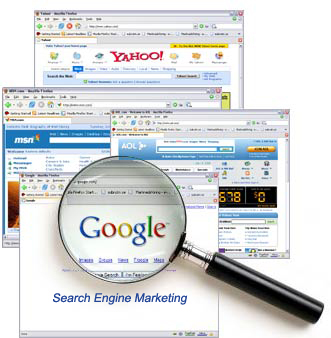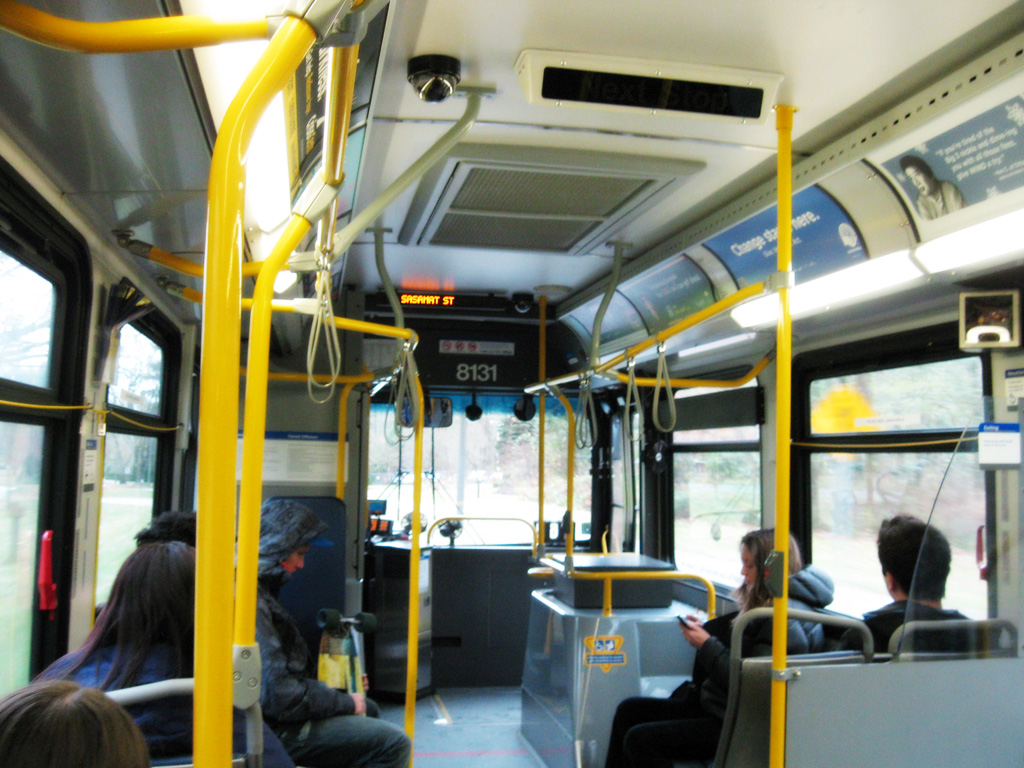Chapter 10: Promotion (Integrated Marketing Communications)
10.2 Integrated Marketing Communications (IMC)
Learning Objectives
- Understand what integrated marketing communications (IMC) are.
- Understand why organizations may change their promotional strategies to reach different audiences.
Once companies have developed products and services, they must communicate the value and benefits of the offerings to current and potential customers in both business-to-business (B2B) and business-to-consumer (B2C) markets. Integrated marketing communications (IMC) provide an approach designed to deliver one consistent message to buyers through an organization’s promotions that may span all different types of media such as TV, radio, magazines, the Internet, mobile phones, professional selling, and social media. For example, Campbell’s Soup Company typically includes the “Mm, mm good” slogan in the print ads it places in newspapers and magazines, in ads on the Internet, and in commercials on television and radio. Delivering consistent information about a brand or an organization helps establish it in the minds of consumers and potential customers across target markets. Although the messages are very similar, Campbell’s uses two variations of commercials designed to target different consumers. Watch the following two YouTube videos (video 10.1 and video 10.2). You’ll notice that the message Campbell’s gets across is consistent. But can you figure out who is in the two target audiences?
Video 10.1. Campbell’s soup provides a good meal (a meal that’s always popular with the group). Source: Tatum McCann – Campbell’s Soup on ConchitaFan.
Video 10.2. So many possibilities for enjoying soup. Source: Campbells Soup Commercial on Brian Anastasio.
Changes in communication technology and instant access to information through tools such as the Internet and social media (online communication among interdependent and interconnected networks of organizations, people, and communities) explain one of the reasons why IMC have become so important. Consumers are also changing. With access to many sources of information and often an interest in interactive media, consumers may collect more product information on their own. Marketers must organize and assemble available information to build a consistent brand message and make it relevant. With IMC, organizations can coordinate their messages to build the brand and develop strong customer relationships while also helping customers satisfy their needs.
FedEx’s two recent campaigns, the “We Understand” tagline (video 10.3) launched in 2009 and the “Solutions that Matter” tagline (video 10.4) launched in 2011, illustrate examples of IMC campaigns they used to deliver a consistent message across all media channels including television commercials, e-mails, social media, mobile marketing, direct mail, and the FedEx channel on YouTube (Dilworth, 2010).[1] Watch the following videos (video 10.3 and video 10.4) to see examples of commercials in the FedEx campaigns.
Video 10.3. The “We Understand” at FedEx shows customers that they understand and can satisfy their needs. Source: FedEx International Shipping Commercial: Kyle by fedexvideos.
Video 10.4. FedEx often uses a humourous appeal. Source: Fedex – Solutions that Matter on B-Reel Films.
Changing Media
Many consumers and business professionals seek information and connect with other people and businesses from their computers and phones. The work and social environments are changing, with more people having virtual offices and texting on their cell phones or communicating through social media sites. As the media landscape changes, the money that organizations spend on different types of communication will change as well.

Many university students are part of “Generation Z”, and it is consumers from this generation who are driving the change toward new communication technologies. You might opt to get promotions via mobile marketing—say, from stores on your cell phone as you walk by them or via a mobile gaming device that allows you to connect to the web. Likewise, advertisements on Instagram and Facebook are popular as businesses continue to utilize more social media. For example, when Honda let people on Facebook use the Honda logo to give heart-shaped virtual gifts on Valentine’s Day, over one and a half million people participated in the event and viewed the Honda Fit online in the process. Imagine the brand awareness this generated for the Honda Fit.

Traditional media (magazines, newspapers, television) compete with media such as the Internet, texting, mobile phones, social media, user-generated content such as blogs, and YouTube as well as out-of-home advertising such as billboards and movable promotions. You have probably also seen ads on the inside of subway cars, in trains and buses, and even in bathroom stalls. These, too, are examples of out-of-home advertising.

Key Takeaways
As the media landscape changes, marketers may change the type of promotions they use to reach their target markets. With changing technology and social media (e.g., Instagram), less money is being budgeted for traditional media such as magazines and more money is budgeted for “non-traditional media.” Regardless of the type of media used, marketers use integrated marketing communications (IMC) to deliver one consistent message to buyers.
Review and Reflect
- Explain the concept of integrated marketing communications.
- How is the media used by organizations changing? What age group is driving the change?
- What factors are causing the media landscape to change?
- What are some different types of online media? Which types are most popular with university students?
Media Attributions
- Screen Time © Rawpixel is licensed under a CC0 (Creative Commons Zero) license
- Search-Engine-Marketing © Danard Vincente is licensed under a CC BY (Attribution) license
- CMBC Bus 8131 Interior © Hellosanta is licensed under a CC BY-SA (Attribution ShareAlike) license
- Dilworth, D. (2010, January 7). FedEx launches fully integrated campaign, featuring e-mail, direct mail. Direct Marketing News. Accessed August 15, 2023. ↵
an approach designed to deliver one consistent message to buyers through an organization’s promotions that may span all different types of media
online communication among interdependent and interconnected networks of organizations, people, and communities
promotions sent to personal devices through the internet
promotions in public locations

